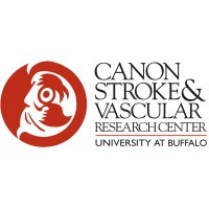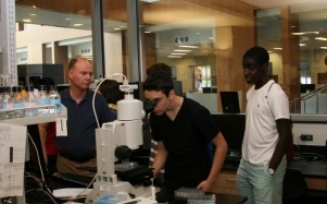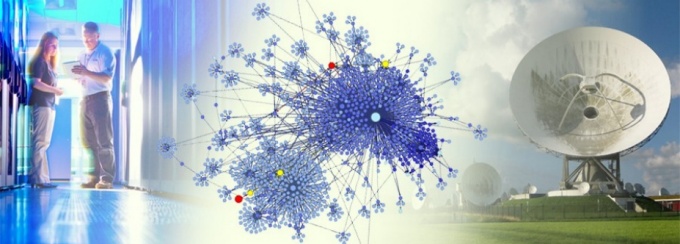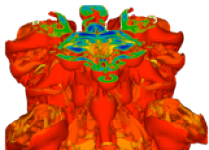Research Centers and Labs
Our modern, well-equipped laboratories support department research activities and actively participate in the research programs of various research centers.
To conceive, analyze and design complex systems, ADAMS Lab investigates new approaches that are founded on a fundamental notion of “adaptation”. Adaptation is realized by bringing together nature inspired principles of computation, rigorous engineering design methods, and machine learning. Specific research areas include: multi-fidelity design optimization, physics-infused machine learning, codesign and reinforcement learning, swarm robotics and human-swarm interaction, unmanned aerial vehicles (UAVs), and bio-inspired flow modulation.

Research at ANCS focuses on the areas of attitude estimation, nonlinear filtering, uncertainty propagation, space systems, stochastic control, and robust control.
The ASCENT team develops computational models and uses computational fluid dynamics to explore issues related to the thermal and fluid sciences. Current research interests include building energy and efficient energy utilization, multiphase flows, and turbulent and reacting flows.


Stroke is the leading cause of adult disability and the third leading cause of death in North America. In 1991, with grants from the Margaret L. Wendt Foundation and the Diasonics Corporation of America, Drs. L. N. Hopkins and Lee Guterman founded a neuroendovascular research laboratory to investigate new ways to prevent and treat stroke. Today their laboratory has evolved into the Canon Stroke & Vascular Research Center at the University at Buffalo, the most advanced angiographic research facility in the world.
The Center for Computational Research maintains a high-performance computing environment, high-end visualization laboratories, and support staff with expertise in scientific computing, software engineering, parallel computing, grid computing, visualization, advanced database design, and networking.

The Collaborative Institute for Multisource Information Fusion focuses on how users can be helped to assess complex situations more accurately by combining effectively the core evidence in the massive, diverse and sometimes conflicting data received from multiple sources.

The Composite Materials Research Laboratory conducts active research on metal-matrix, polymer-matrix, cement-matrix, carbon-matrix and ceramic-matrix composite materials for aerospace, automotive, marine, construction, electronic, and other industrial applications.

The focus of our research group is on the development and application of numerical modeling and simulation techniques to understand energy transfer in reacting flow systems.


Research related to modeling, system identification and control of dynamical systems is the focus of this lab. The research is application driven. For instance, development of prefiltering techniques for the attenuation of residual vibration is motivated by applications such as seek control algorithms for hard disk drives.
CUBRC is an independent, not-for-profit, multidisciplinary research center, founded as a strategic partnership to bring together scientists and engineers for synergistic research and to provide significant growth opportunities in Western New York.

At the DOES laboratory, research is being conducted to promote and advance the state-of-the-art in multidisciplinary design optimization and modern design theory. Current research deals with multidimensional visualization of uncertainty, reconfigurable systems, mass customization, and decision making techniques. We have an extensive list of publications that are available.

Research areas in the Human in the Loop System (HILS) lab include: Brain Computer Interfaces, Cognitive Rehabilitations, Cognitive Monitoring and Skill Assessment, Multi-modal Human Robot Interaction, Human Activity Recognition

Our group carries out research that falls under the overarching themes of dynamics, vibrations, acoustics, and smart materials. We apply theoretical, computational and experimental tools to design, model, and optimize innovative systems which harvest ambient energy, adapt intelligently to changing environments, and possess mechanical properties that are, otherwise, not feasible.